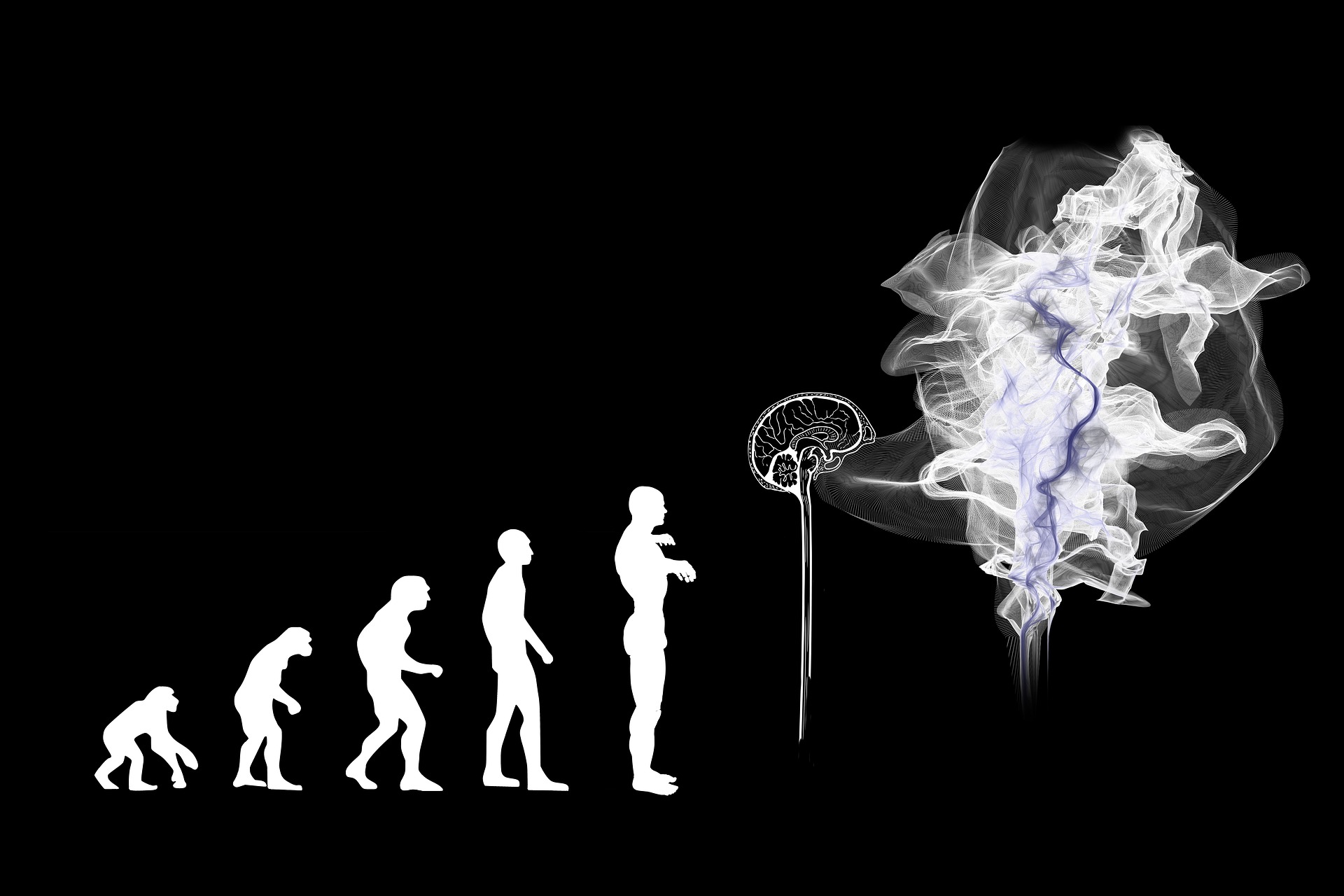
How Digital Marketing is Changing, and What You Need To Do To Adapt
July 14, 2019
Accelerate Your Acquisitions & Create a Recurring Revenue Stream
July 14, 2019July 14, 2019
In today’s online landscape, neuromarketing and neuroscience can largely boost your return on investment. Any firm or business must also take into consideration how the new buyer behaves and pays for products. Furthermore, the background of tech consumers is largely changing. Marketing efforts should adjust accordingly.
Previously, before the spread of digitalization, customers used to purchase products in one lump-sum payment. While marketing campaigns took longer to prepare, a single sale covered most of the associated expenses. Moreover, a customer sales rep that knew how to utilize a sales script and deploy selling psychology proved to be a valuable asset.
Having said that, this strategy is almost ineffective in the online marketplace. The neuroscience behind digitalized sales is completely different. Not only do buyers prefer to remain anonymous, but the absence of physical interaction makes it more difficult to retain their attention online.
How You Sell
By the time that a digital buyer contacts a firm’s customer sales representative, they already went though 60-85% of the decision-making process. This makes engaging and attention grabbing content incredibly valuable. Neuroscience and neuromarketing techniques are a central part of making this process successful.
Digital consumers rely more on self-education than those who walk into a store. This means that they research products online and consult with their network before contacting the seller. Consequently, any business that motivates consumers to engage with their content is more likely to increase their sales. Even more when their product descriptions are easy to understand.
One way of being digitally effective is through video content. Unlike static pages, videos do a much better job at highlighting a product’s features while retaining users’ attention and keeping them engaged. A short, descriptive video makes it very easy to connect with customers and helps them make a buying decision more quickly than an article does.
Why You Sell
In the tech industry, IT professionals and chief information officers (CIOs) dominated the traditional marketplace. Today, however, business executives make the majority of software product purchases. It is important for marketers to understand the different psychologies of these two sets of consumers.
IT professionals are mostly interested in technical product descriptions. Business executives, on the other hand, have one thing in mind: How does this software help my business? Neuroscience requires marketers to focus on practical and direct details.
For example, instead of advertising a payment processing software as “WordPress friendly”, sellers should highlight how the product can lower transaction fees or accept all major credit cards. Similar features to focus on are how quickly the funds will be available for withdrawal or that they can be connected to a Paypal account.
When You Sell
In a physical store, consumers buy products in one lump sum payment. This immediately covers all related marketing expenses. Online buyers, on the other hand, prefer to pay through increments and monthly installments.
While this diminishes immediate returns, neuroscience and neuromarketing will boost your overall number of sales. In turn, this increases both short and long-term returns. The key to success in the online marketplace is creating engaging content that showcases the right product features.
Want to learn more?
Click Here to learn the factors of effective emotional selling!



